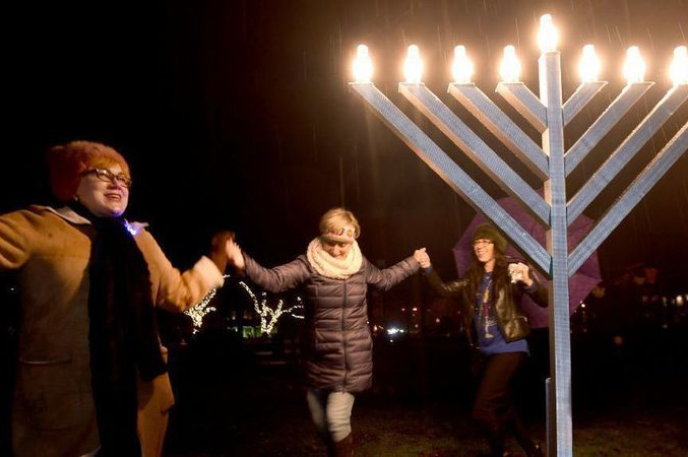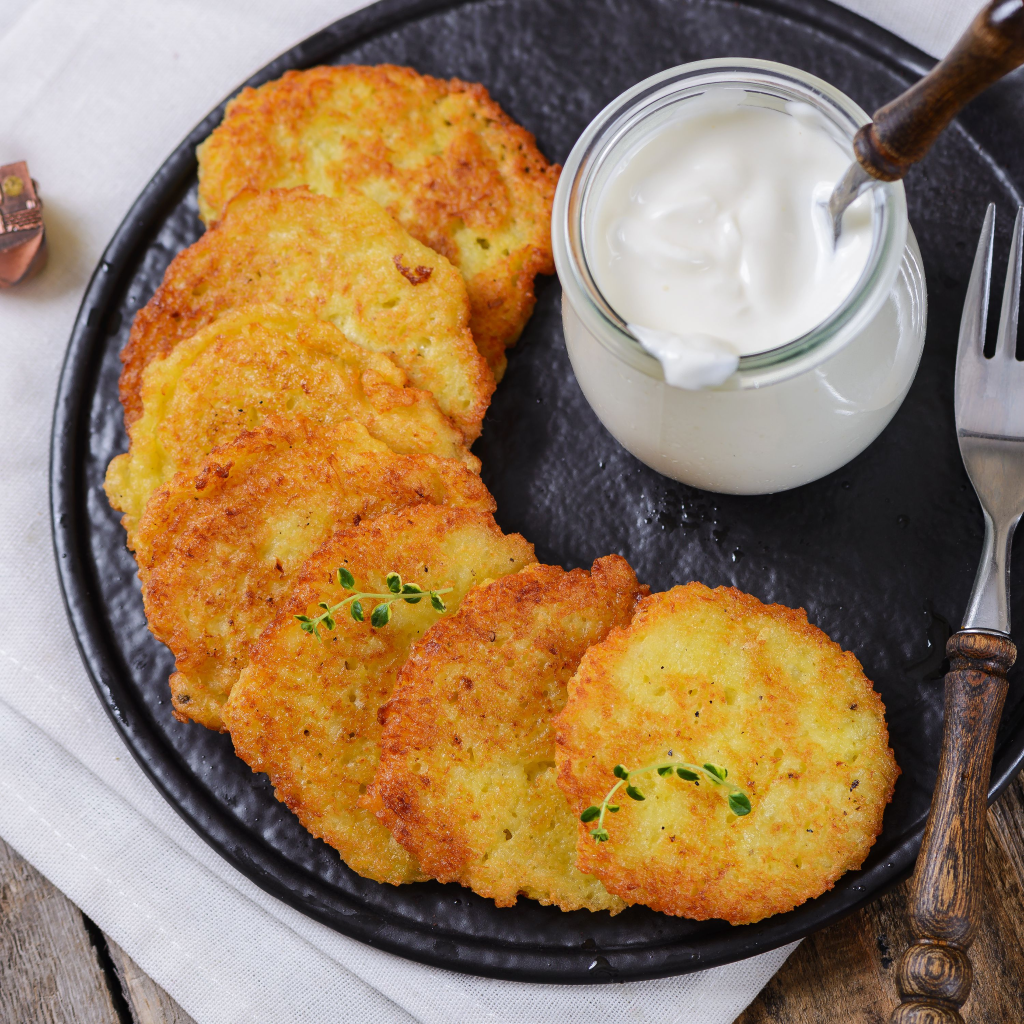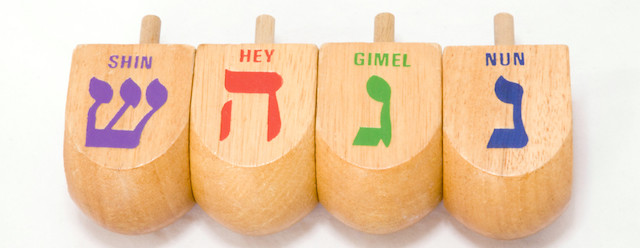
Winter Holidays from the Carolina Room: A look at Hanukkah
December 16, 2019
NOTE: This blog is the first in a series on the history of winter holidays. This series will also cover Moravian Christmas and Kwanzza.
Hanukkah is celebrated from the evening of December 22 to the evening of December 30. Often called the "Festival of Lights," Hanukkah dates to 200 BC when Judah Maccabee led the Maccabees in a successful rebellion against Antiochus IV Epiphanes. According to the Talmud, a late text, the Temple was purified and the wicks of the menorah miraculously burned for eight days even though there was only enough sacred oil for one day's lighting.
The word Hanukkah means “dedication” in Hebrew, celebrating the rededication of the Holy Temple. During the second century BCE, the people of Israel were forced by their ruler, the Seleucids, to accept Greek beliefs instead of the traditional mitzvah beliefs. The small army of Jews led by Judah the Maccabee eventually drove the Greeks out and reclaimed the Holy Temple and rededicated it to God. The Jews used olive oil to light the Temple’s Holy Menorah after they found one olive oil branch that was in possession of the Greeks. The flame lasted eight days, thus starting the tradition of Hannukah.
found one olive oil branch that was in possession of the Greeks. The flame lasted eight days, thus starting the tradition of Hannukah.
The Menorah is the main symbol of Hanukkah, which holds nine candles. The family chooses their finest menorah to glorify God. There are a few important requirements to light the Menorah: candles must burn for 30 minutes before nightfall, all candles must be the same height, candles must be lit left to right, and the Shamash candle must be the tallest. Menorahs are placed in front windows or porches when lit. The Shamash (middle candle) is lit while saying the blessing along with an additional candle each night. By the last night of Hanukkah all nine candles are lit.
Hanukkah instills several important life lessons: to never be afraid to stand up for what’s right, always increase in matters of goodness and Torah observance, a little light goes a long way, take it to the streets, and don’t be ashamed to perform mitzvahs.
Some traditional foods enjoyed are the potato latke (pancake) garnished with sour cream or applesauce and the jelly-filled sufganya(doughnut). The Hallel prayer is recited after meals to offer praise for  God for His miracles, salvations, and wonders.
God for His miracles, salvations, and wonders.
Jewish children enjoy the holiday with toys and gifts. The dreidel, a four-sided spinning top, is a popular game. The words num, gimmel,hei and shin are on each side and form an acronym, “nes gadol hayah sham,” that translates to “a great miracle happened here.” It is common for children to receive gifts on each night of Hanukkah. One of the most popular gifts is
gelt, which is money that the receiving child often donates to charities.
-----
Photos courtesy of: The Chicago Tribune, The Spruce Eats and My Jewish Learning
Citations:
“How to Light the Haunkah Menorah and Recite The Hanukkah Prayers.” Learnreligions.com. Accessed December 2019. https://www.learnreligions.com/how-to-light-the-chanukah-menorah-2076507
“What is Hanukkah?” Chabad.org. Accessed December 2019. https://www.chabad.org/holidays/chanukah/article_cdo/aid/102911/jewish/What-Is-Hanukkah.htm
